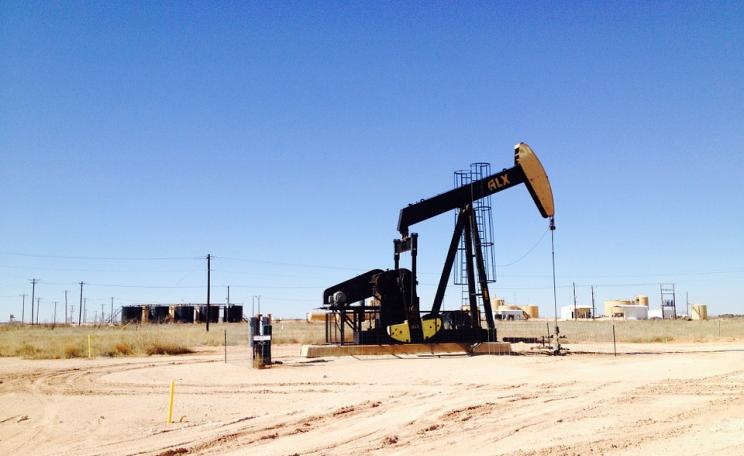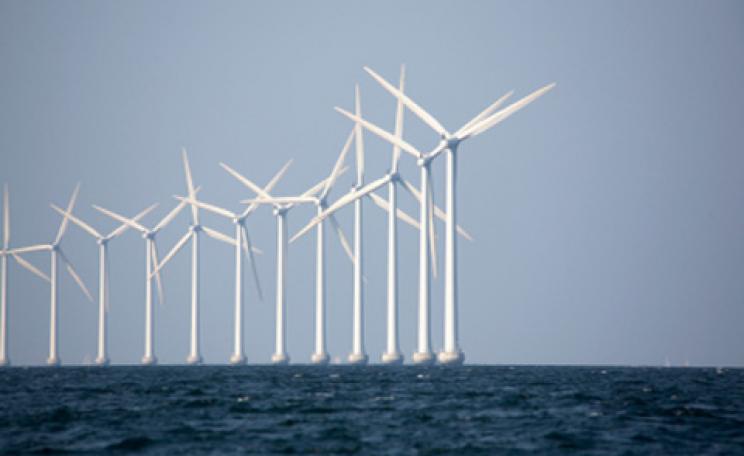Getting the ball rolling
Your first step is to go to your council's website and find out what it is already doing about climate change and sustainability issues. Is it among the low-carbon pioneers or a climate-denying laggard? All councils operate in response to multiple agendas and pressures, so unless there is an active interest from local people to serve as a counterweight to the power of special interests and central government, the chances are that your council isn't doing very much.
So the next thing to do is find out if there is a Transition Initiative, Low Carbon Community or Friends of the Earth (FoE) group active in your area. You will be taken much more seriously if you are working with an established group representing a concerned constituency of local residents rather than operating as a lone nut.
Your council's Local Strategic Partnership (LSP) is a good place to start interacting with your council. You should ask to join the LSP's environment theme board, so that you can share your expertise and enthusiasm for green issues. To get anything done you will need to have the support of the chief executive and councillors, so suggest that an expert on either peak oil or climate change be invited to speak, and make sure all key staff and councillors come along. This is a good way of starting to build understanding that there is a problem, one that needs urgent priority attention.
Other approaches include getting your council to run a scrutiny committee on these issues, or getting the finance department to find out which parts of its operation are most vulnerable to rising energy prices by commissioning an oil vulnerability audit.
Making a commitment
Now you should be in a position to get a public commitment. Is your council one of the few that have not signed up to the Nottingham Declaration? Has it joined the 10:10 campaign? Most importantly, has it made the commitment to a 40 per cent (science-based) target for emissions reductions by 2020 (as recommended by FoE's Get Serious About CO2 campaign)? You can find your local authority's current per capita emissions by downloading a spreadsheet.
Signing up to a pledge is one thing, carrying it out is another. So your council will need to write a detailed action plan to make good on its promise. To ensure progress is being made you'll need to ask for a regular meeting with senior council officers and the councillor who is leading on environmental matters. Other special interests will be in regular contact, so why shouldn't you be too? At the end of the day it is local residents like you that are paying these people's wages.
There is an amazing amount of support available to councils that are starting out along this road, from bodies such as The Carbon Trust, Energy Savings Trust, Local Government Association and Local Government Improvement & Development. The Environment Agency has flood maps to advise on flood risk in your area, and the UK Climate Impacts Programme has developed detailed climate projections, risk assessment and adaptation guidance. There are numerous funding streams around and it is important that your local authority has sufficient staff dedicated to following this fast-moving area.
Here are some of the projects that have been identified as best practice that your council could follow to make big cuts in greenhouse gas emissions.
Free insulation programme
The Conservative-led council of Kirklees took a bit of convincing when Green Party councillor Andrew Cooper first suggested offering a free mass-insulation programme to all households in the area. But three years later the scheme has proven so successful and popular that all political parties have tried to take credit for the scheme, and other councils have been inspired to follow suit.
A free rather than a cheap service resulted in a much higher rate of uptake and saved on administration costs. As of August 2010, more than 60,000 Kirklees households have benefited from free cavity-wall and loft insulation, resulting in an average annual saving of £150-£200 per year (ongoing savings that will increase as the price of energy rises). Combined with 16,000 referrals for benefits and debts advice, these savings have resulted in many households being lifted out of fuel poverty. The £9 million saved by householders will go back into the local economy every year, more than 34,000 tonnes of CO2 will be saved annually and nearly 60 jobs have been created. The total cost of the scheme has been £20 million, with about half of the money raised through council 'prudential' borrowing matched by CERT funding from energy companies. The resulting small rise in council tax - £7 per year - has been more than offset by household savings.
Take advantage of the Feed-in Tariff
Since August, councils are eligible to receive the Feed-in Tariff (FIT), meaning they can sell renewable energy back to the grid at a rate guaranteed to provide a healthy return on their investment. So local authorities are now remarkably well-placed to play a critical role in rolling out renewable energy installations on their own land and buildings (including schools, hospitals, libraries, council offices, etc) as well as devising schemes to deliver microgeneration to domestic properties.
Birmingham City Council has just announced the largest scheme of this type: by teaming up with commercial banks and energy suppliers, the council is planning to fit 10,000 homes with photovoltaic panels. As long as the coalition government doesn't meddle with the FIT rate, we could be seeing a lot more local authorities being involved in this type of scheme.
Perhaps an innovative council could use the FIT to deliver Brenda Boardman's Low-Energy Zones project? This would result in a 80 per cent cut in CO2 through street-by-street retrofitting, with both insulation and renewable energy targeted to low-income households in fuel poverty.
A community-wide project
Councils can also play a significant role in encouraging low-carbon travel. Darlington, for example, cut traffic by nearly 10 per cent in just two years through a mixture of measures including cycle training and individualised travel advice.
If your council is being unsupportive or unresponsive, don't give up. Constant, well-argued pressure will eventually win the day. However, if you occasionally feel as though you are banging your head against a brick wall, consider the Transition Towns approach. Its Energy Descent Action Plans are creatively designed pathways to a low-carbon future that are developed through a process that engages a wide cross-section of the community.
My own local group, Sustainable Haringey, developed a wide-ranging response to our council's 'Greenest Borough' strategy in 2008, which has been used as a successful platform for subsequent campaigning.
Alexis Rowell has just written what is likely to become the bible for community-council joint action. If you want to get seriously stuck into this, Communities, Councils and a Low-Carbon Future is jam-packed full of useful information, inspiration and advice. 'The most important thing is to get people growing food,' says Rowell. 'If you want to promote wider change, if you want to get people thinking about the wider sustainability of their lives, get them growing food and everything else comes with it.' He points to the Middlesbrough Urban Farming Project as the exemplar in this area.
Get serious
Currently only 14 local councils have signed up to FoE's Get Serious campaign. The urgency of climate-change science suggests that we do not have the luxury of waiting for all councils to become similarly enlightened. That's why FoE is campaigning for central government to set science-based carbon budgets for every local council. Support its campaign here.
Alexis Rowell's book Communities, Councils & A Low-Carbon Future: What we can do if governments won't is out now, published by Transition Books. Thanks to Alexis, FoE's Quentin Given and Andrew Cooper for their help with this article.
Phil England is a freelance writer and producer of Climate Radio.
| READ MORE... | |
 |
HOW TO MAKE A DIFFERENCE 'Street champions' inspire communities to adopt low-carbon lifestyles A pioneering social marketing project in Richmond and Ham is using neighbourhood networks to improve energy efficiency in the borough |
 |
HOW TO MAKE A DIFFERENCE Five steps to developing a community-based energy project A practical guide to help would-be community developers turn renewable energy projects into climate change-busting reality |
 |
HOW TO MAKE A DIFFERENCE How to campaign: climate change and energy From direct action campaigns to eco-village renewable energy systems, there are many ways to learn about and get involved in actions to prevent climate change |
 |
HOW TO MAKE A DIFFERENCE Cutting carbon through people-powered innovation NESTA's Big Green Challenge inspired community groups to come up with innovative ways to reduce carbon emissions. Along the way, it has proved that change really can come from a grassroots level |
 |
HOW TO MAKE A DIFFERENCE Reclaiming a derelict site to create a community garden The story of how a group of dissatisfied residents pulled together, got funding, and created a blooming community garden where the work, and the rewards, are shared |








